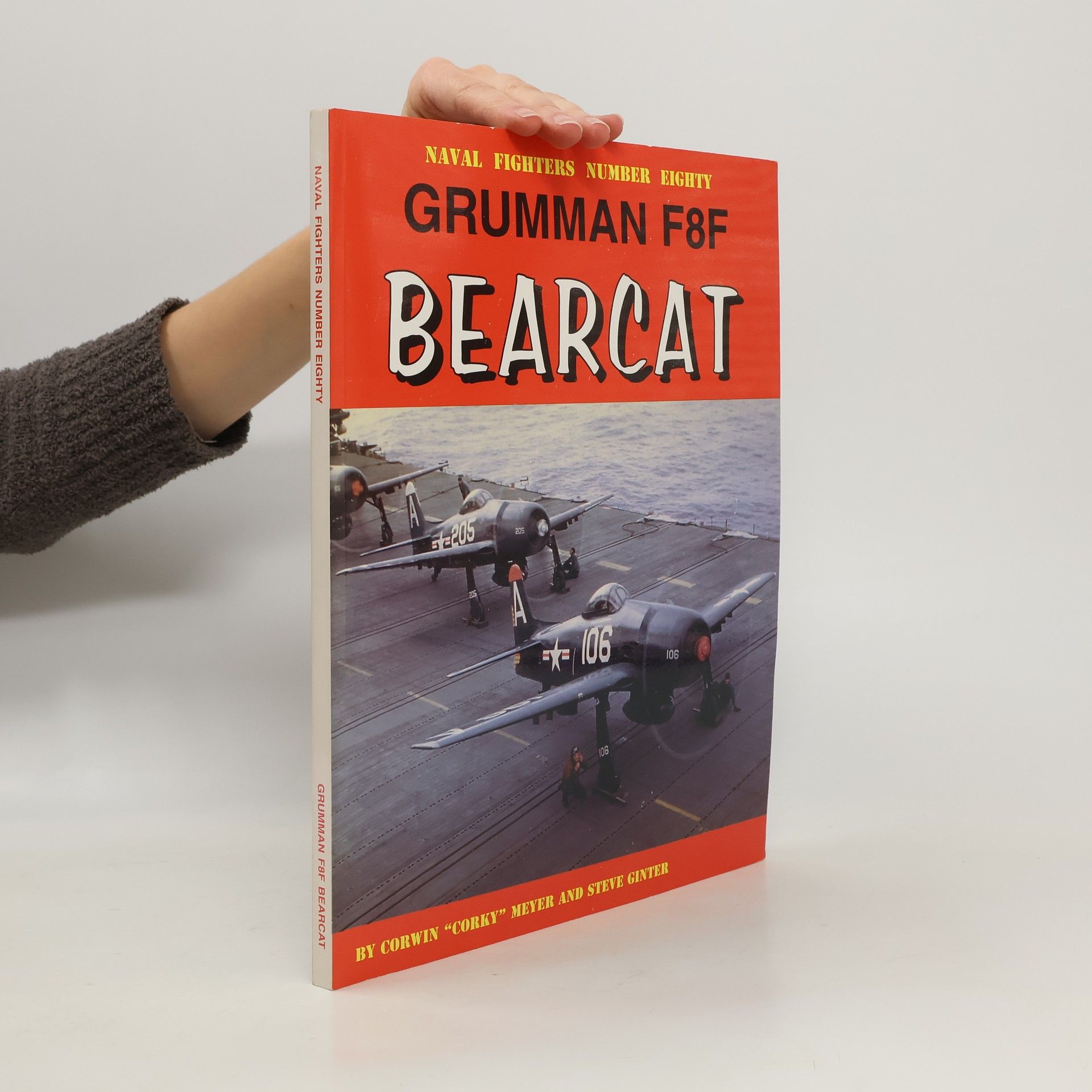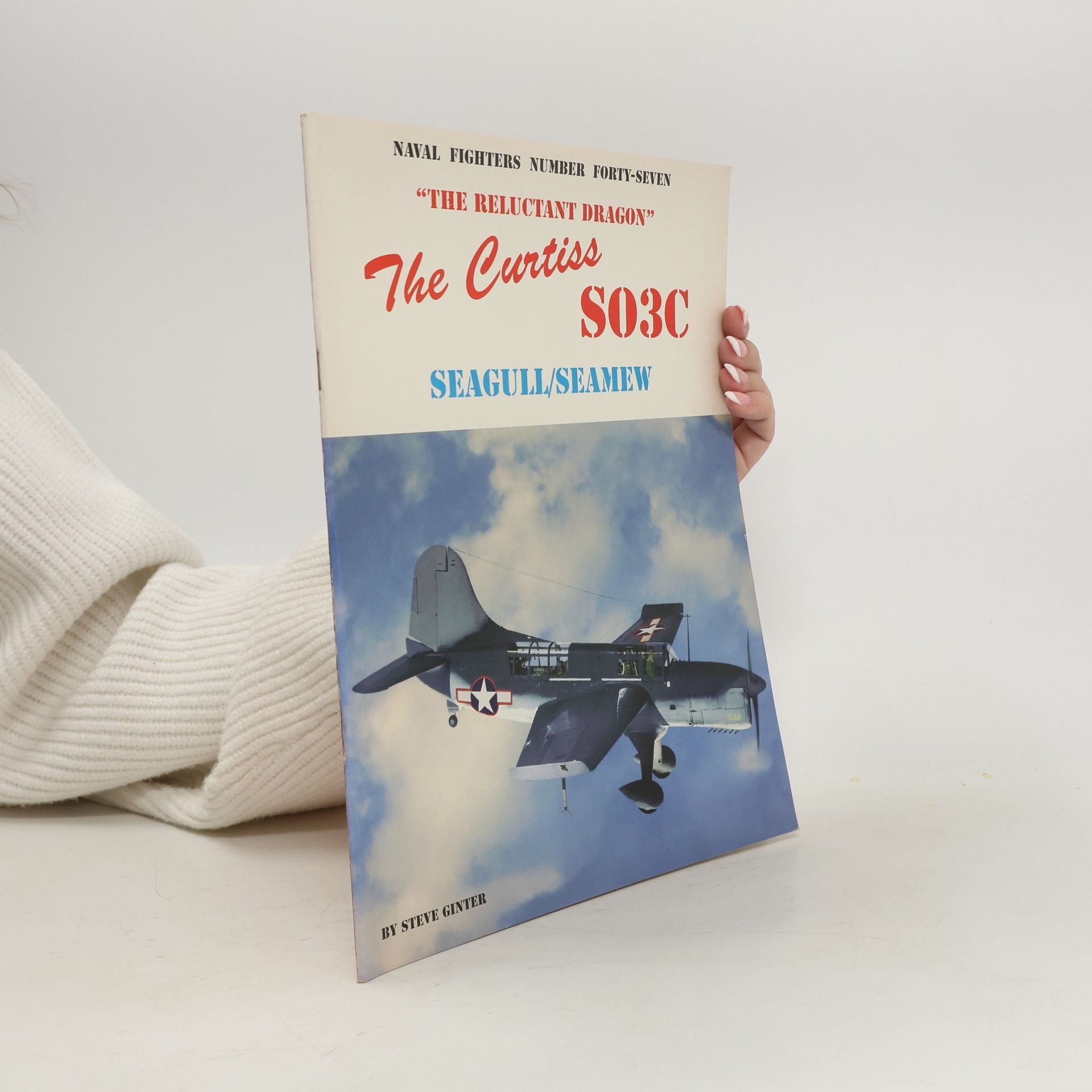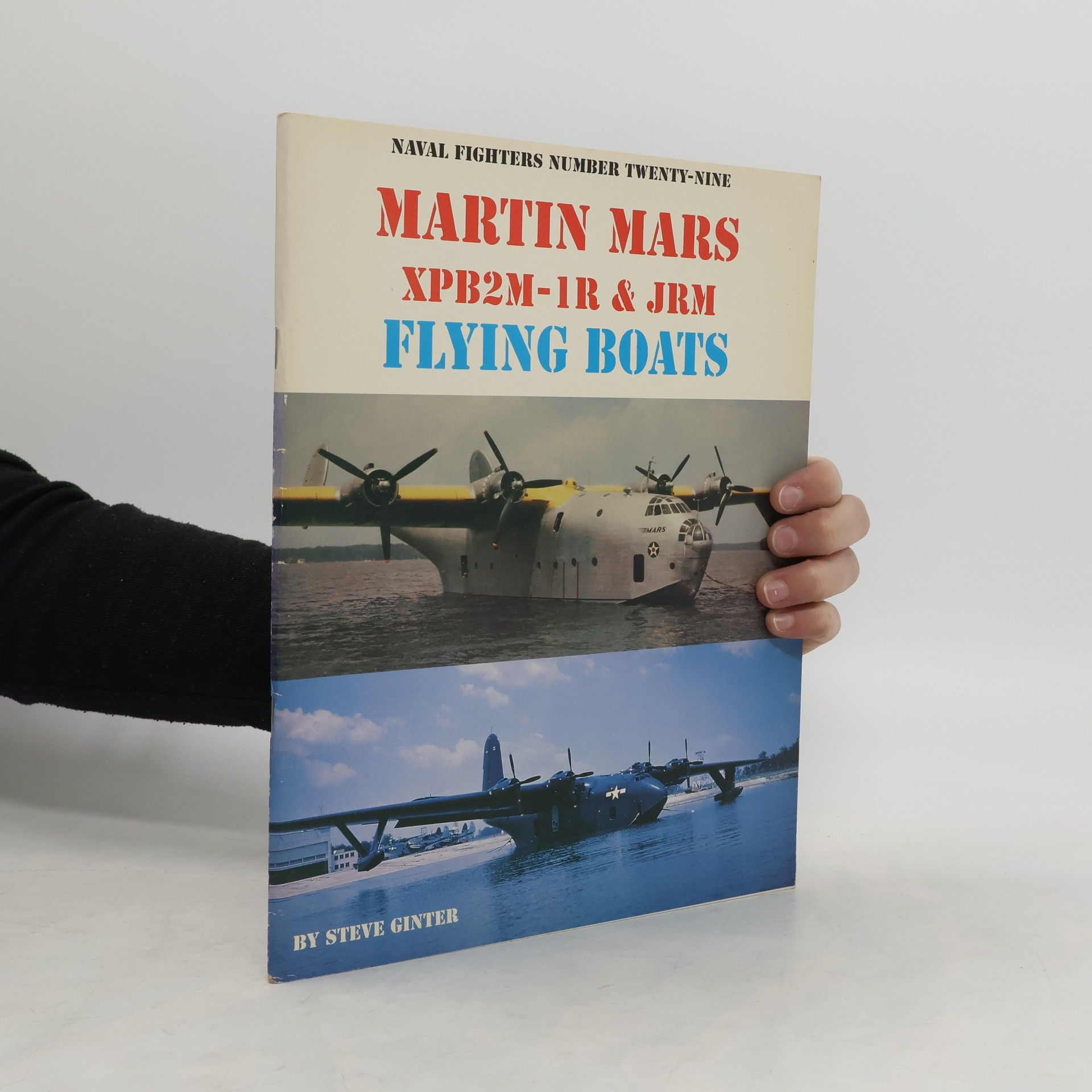The photos in this edition are black and white. WWII's 4-engine Martin Mars flying boat would be the World's largest aircraft weighing in at over 150,00 pounds until the Spruce Goose came along. Used as a transport, five production aircraft were built and used throughout the Pacific as the Navys heavy hauler into the mid-1950s when they were purchased and converted into fire bombers in Canada and used to this day. The five aircraft were named Philippine Mars, Marianas Mars, Marshall Mars, Hawaii Mars and Carolline Mars.
Steve Ginter Livres





In early 1937, Curtiss and Vought, the Navy's two pre-war suppliers of fleet catapult scout floatplanes, were asked to submit bids for a high-speed replacement of the very successful SOC Seagull series. Navy design number 403 called for a mid-wing monoplane with a crew of two seated in tandem. The removable centerline float and outer wing floats could be replaced with optional fuselage-mounted landing gear. Because of cruiser and battleship deck and hangar space limitations, the specifications called for folding wings and wing floats all within a weight limitation of 6,350 pounds. However, the most critical design stipulation was the engine.
Grumman F8F Bearcat
- 217pages
- 8 heures de lecture
By the last half of World War II, most new US fighter designs were much heavier and more complex than earlier fighters. When planning a replacement for their successful F6F Hellcat carrier fighter, however, Grumman chose to build as lightweight a design as possible around the most reliable large radial engine. The result was the F8F Bearcat, which was often called a "hot rod" by its pilots for its fantastic acceleration and climbing ability. Using the well-proven Pratt & Whitney R-2800 engine, the first Bearcat prototype flew on August 21, 1944. After minor modifications, including the addition of a dorsal fin, early production F8F-1s began armament tests and carrier qualification trials in early 1945. By May of 1945, the Bearcat was cleared for operations, with very few restrictions on its flight operations over its wide speed range. A total of 654 F8F-1s were delivered, all fitted with the 2,100 hp R-2800-34W engine.
Grumman Jf/J2f Duck
- 72pages
- 3 heures de lecture
The JF/J2F "Duck" was one of those military workhorses moving around in the background before and during WWII which did a tremendous job but never got the publicity of its' more glamorous teammates. Some said the Duck could be more aptly named the "Ugly Duckling." Be that as it may; when no other bomber could be found, it carried bombs; when no other transport could be found, it transported; when no other photo plane could be found, it photographed and when no other rescuer could be found, it rescued. When it came to "Utility Craft," the JF/J2F was the definitive.
Volume three of the Panther story focuses on the use of the aircraft by the United States Navy. This was the first Grumman jet aircraft to go to sea. This book covers the History of the squadrons and the men that flew the Navy Panthers. Some photos show the hazards of landing on a straight deck carrier.